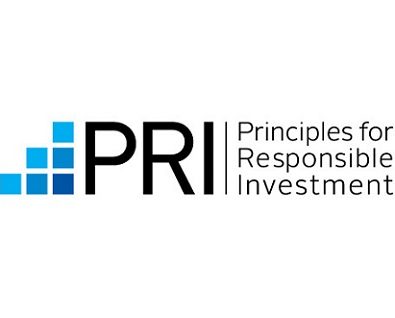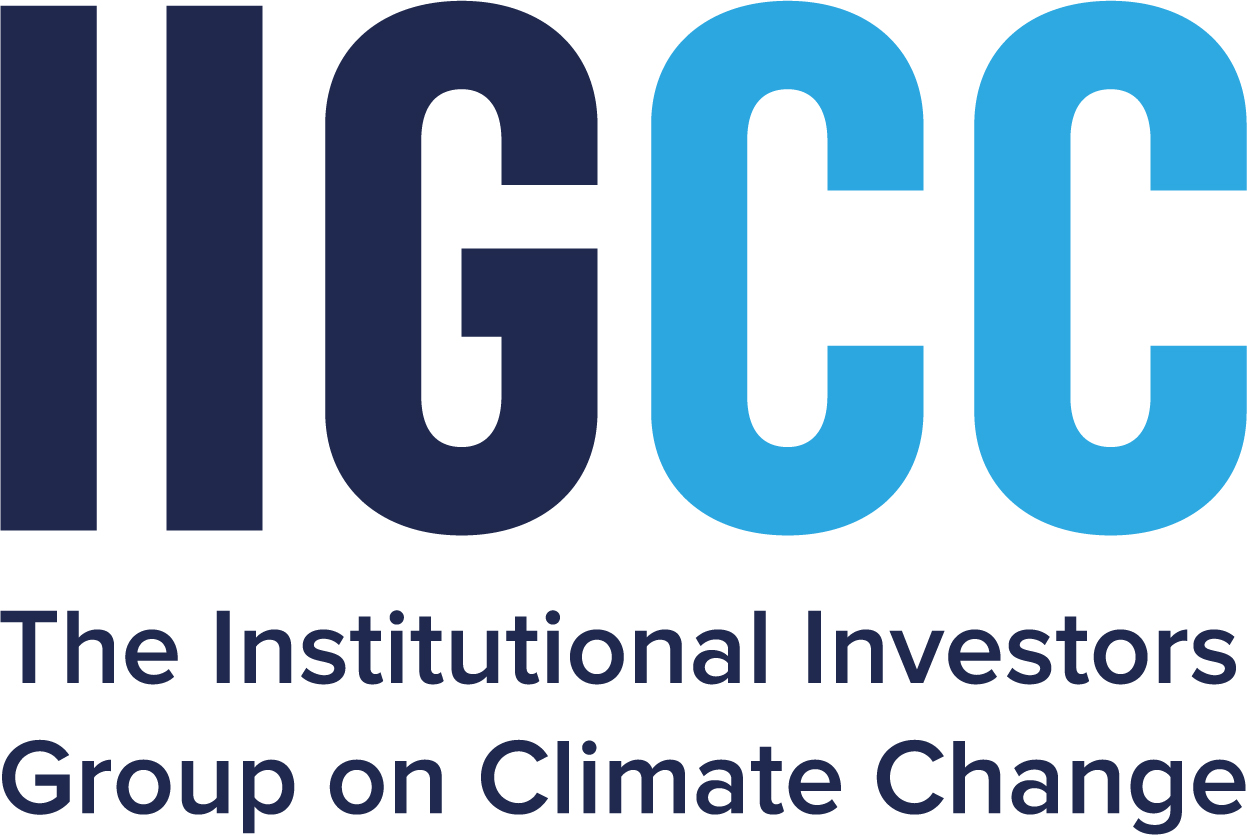DBL Partners outlines how the U.S. can maintain leadership in clean energy and boost job creation.
Earlier this year, the U.S. brought on-line its millionth solar installation. The U.S. solar industry now employs more people than coal mining or oil and gas extraction. And last year, clean energy investments in the U.S. totaled $56 billion, with a majority of dollars going to solar and wind.
Yet solar only represents about 1 percent of U.S. electricity generation, and non-hydro renewables represent just 7 percent. Electric vehicles, needed to address transportation emissions, are still less than 3 percent of U.S. auto sales.
The trajectory of the clean energy sector depends greatly on the next president of the United States, according to a recent report by the venture capital firm DBL Partners. The authors wrote that maintaining U.S. leadership in clean energy will require thinking holistically about the industry.
More specifically, “The most important achievements the next president can accomplish for clean energy are fostering stakeholder unity behind the shift to renewables, increasing accessibility and viability for investors, and improving nationwide energy literacy,” the report states. DBL goes on to list a dozen specific policy recommendations to make good on these aims.
If the next president is successful, there will be wide-ranging benefits. For instance, DBL calculated that if 10 large states saw their solar sectors catch up to California on a solar watts per capita basis, the nation’s solar capacity would double — increasing by 34 gigawatts — and create more than $67 billion in economic activity.
To read the full article, visit GTM.











